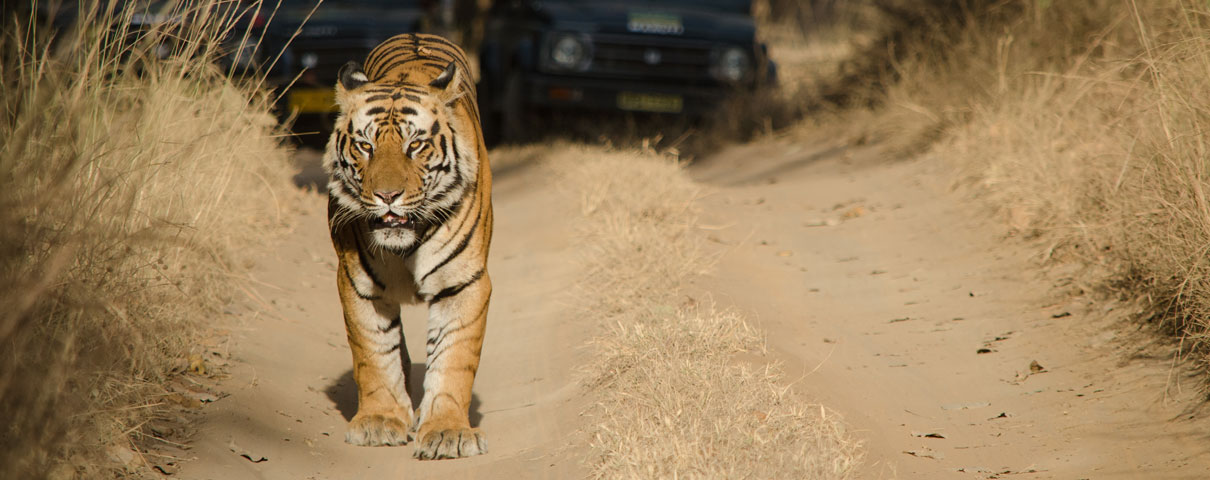Working to protect tigers in the Terai
Do tigers know revenge?
When a tiger wanders into a village and kills a cow or goat, villagers often retaliate by poisoning the carcass of the animal killed. When the tiger returns the next day to feed on the remains, it dies a most horrific death.
Why would the villagers take such a drastic step? The death of the tiger could not possibly bring back the cattle killed.
For communities living around tiger reserves, loss of cattle implies loss of a major source of livelihood. To ease frustration and reduce retaliatory killings, the Indian government provides compensation to owners of cattle attacked by tigers, but the process is long and tedious, impacting its effectiveness. In the absence of immediate interim relief, villagers affected by attacks on their cattle would continue to poison tigers in revenge.
Through its Interim Relief Scheme, WWF-India acts quickly and provides monetary support to the villagers that helps them replace the cattle, reducing tension in the area. The results are extraordinary, especially in the Corbett Tiger reserve where there have been no cases of killing in areas where WWF-India has been running the scheme!
With over 57% of the world’s wild tigers in India, WWF-India has an on-ground presence in most of the tiger landscapes in India and for over three-decades now we have engaged with various stakeholders, including local communities, the forest department, other government agencies, media, school children and civil society. One such landscape is the Terai Arc landscape. An 810 km stretch between the river Yamuna in the west and the river Bhagmati in the east, the Terai Arc is home to over 20 percent of the country’s tigers. The landscape, spread over India and Nepal, boasts of some of India’s most well-known Tiger Reserves and Protected Areas such as Rajaji National Park, Dudhwa, Corbett and Valmiki Tiger Reserve.
WWF-India has been working in the area since the year 2000. Here are some of our other initiatives towards the protection of tigers in the region.

Strengthening efforts on-ground
WWF-India works very closely with the state forest departments to train the frontline staff on anti-poaching, law enforcement, maintaining equipment, GPS-based patrolling, human-wildlife conflict management and wildlife corridor monitoring. In just the last two years, over 2500 forest rangers have been trained in wildlife monitoring. To support the staff, WWF-India also provides equipment that they lack – sleeping bags, solar electric inverters, torches and binoculars.
Reducing people’s dependence on forests
WWF-India encourages the use of alternate fuel sources so that the forests prosper. This is done in rural areas through engagement with schools and at village-level meetings. To further the cause, WWF-India has provided 589 LPG connections, 22 biogas plants and 213 fuel-efficient chulhas in 17 villages across the area. Several hundred more are being planned in the coming year.

This entry was posted in Uncategorized and tagged #Tiger #WWF #SaveOurTigers #WildLife #Nature